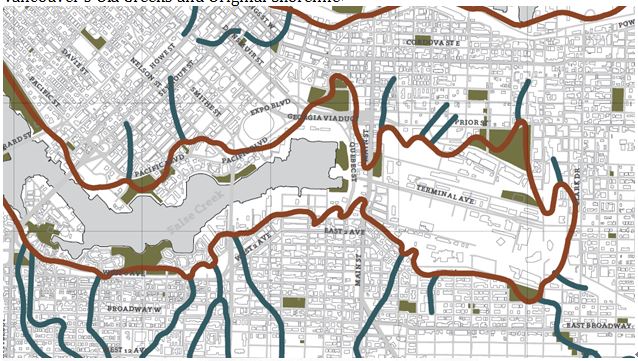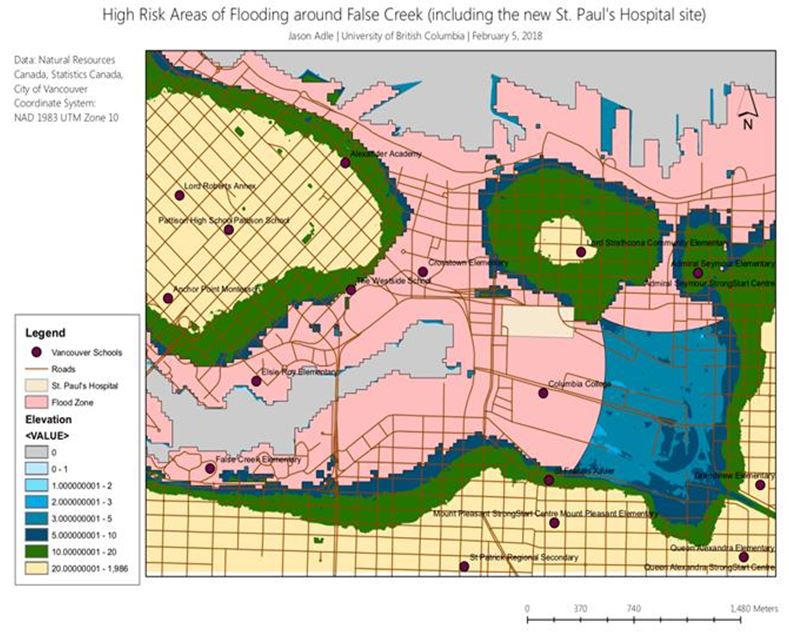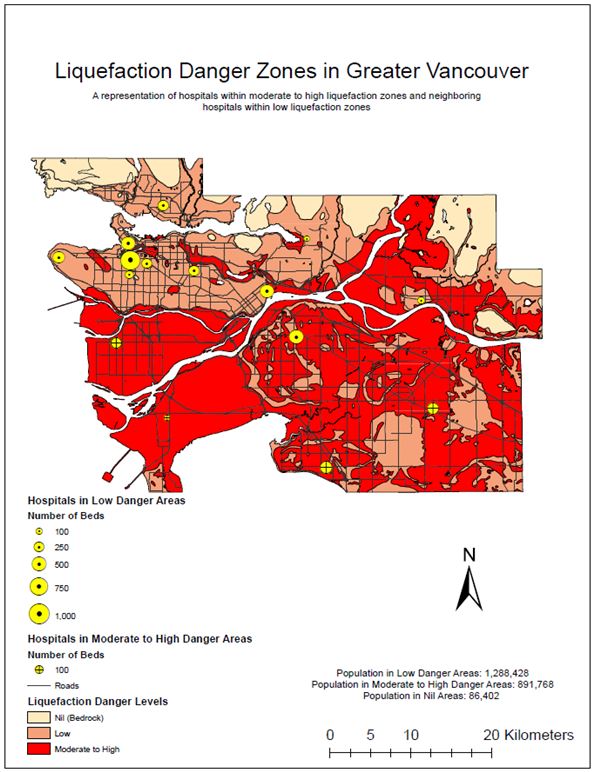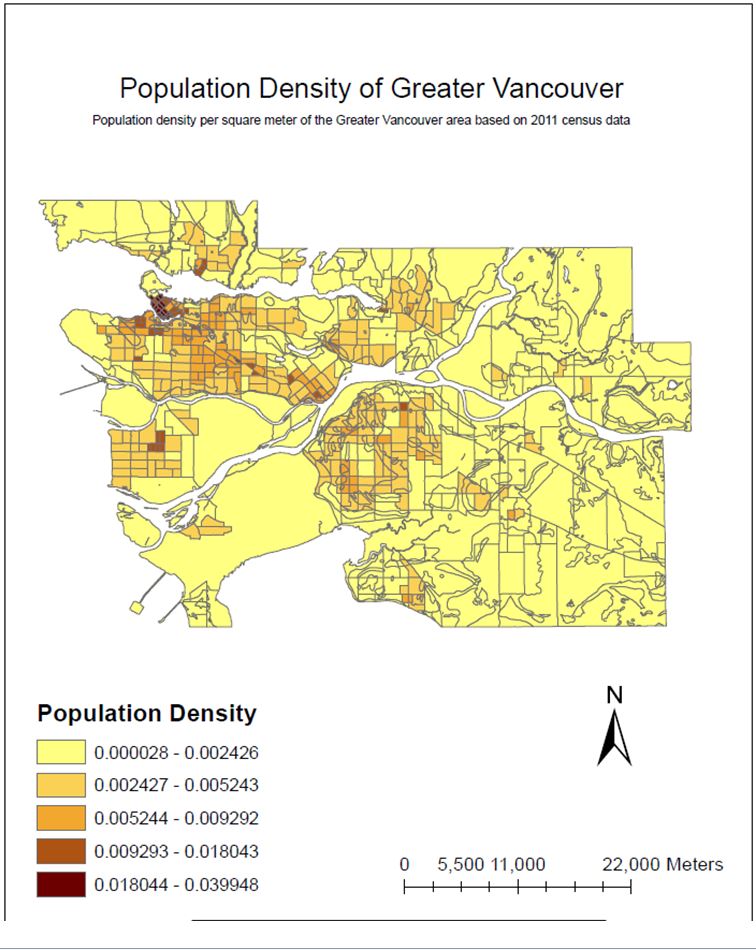The following letter was sent to all members of Vancouver City Council. See also appendices at bottom.
City of Vancouver Council
Dear Mayor Kennedy Stewart and Councillors,
Re: Public Hearing Rezoning St. Paul’s Hospital – False Cr. Flats
Agenda Oct. 22, 2019: https://council.vancouver.ca/20191022/phea20191022ag.htm
Item 3: https://council.vancouver.ca/20191001/documents/p13.pdf
The Coalition of Vancouver Neighbourhoods (CVN) is opposed to this rezoning above.
We continue to question why the rezoning for this site is proceeding when it is “considered critical infrastructure” that is “vital during and after disasters” but is “located in a flood plain and high-risk seismic and liquefaction zone,” as stated in the report on page 27. See Appendix A. [Below]
The report states that “staff have provided conditions requiring comprehensive all-hazard risk and vulnerability assessments be completed, and that climate and seismic resilience measures be incorporated into the design of the building. As part of the conditions, an expert panel will be struck to evaluate the resilience of the design, and report on the post-disaster functionality of the hospital”. The panel’s recommendations are not binding. (WHY NOT?) A risk assessment should be completed in advance of rezoning, not after. It is hard to imagine a risk assessment concluding that it is acceptable to locate critical emergency infrastructure in an area that is a flood plain, and a high-risk seismic and liquefaction zone.
No matter what they do to the construction of the buildings, it can’t change the fact that the surrounding area and access to the site will be compromised during a major flood, seismic or liquefaction event.
For example, this question was raised at a community planning meeting for the hospital and staff said that the ground floors would have very high ceilings and no sensitive equipment would be located there. This doesn’t address the obvious issue of emergency access to the hospital during a flood/tsunami event as well as how the hospital would function without equipment on the ground floor for emergency, reception, etc.
Almost all of Vancouver is low risk for liquefaction except the False Creek Flats, including the existing site.
We request that this rezoning not be approved until the fundamental issue is addressed: that the False Creek Flats is a completely inappropriate location for a critical emergency response hospital in a major urban centre.
Sincerely,
Larry Benge, Co-Chair
Dorothy Barkley, Co-Chair
On behalf of the Coalition of Vancouver Neighbourhoods
Member Groups of the Coalition of Vancouver Neighbourhoods
Arbutus Ridge Community Association
Arbutus Ridge/ Kerrisdale/ Shaughnessy Visions
Cedar Cottage Area Neighbours
Downtown Eastside Neighbourhood Council
Dunbar Residents Association
Fairview/South Granville Action Committee
False Creek Residents Association
Grandview Woodland Area Council
Greater Yaletown Community Association
Joyce Area Residents
Kitsilano-Arbutus Residents Association
Kits Point Residents Association
Marpole Residents Coalition
Norquay Residents
NW Point Grey Home Owners Association
Oakridge Langara Area Residents
Residents Association Mount Pleasant
Riley Park/South Cambie Visions
Shaughnessy Heights Property Owners Association
Strathcona Residents Association
Upper Kitsilano Residents Association
West End Neighbours Society
West Kitsilano Residents Association
West Point Grey Residents Association
***************
APPENDIX ‘A’
Additional Reference Documents
Staff report page 27: https://council.vancouver.ca/20191001/documents/p13.pdf
10. Resilience
Hospitals are considered critical infrastructure, essential to the functioning of communities day-to-day, and vital during and after disasters. This new hospital presents an important opportunity for a state-of-the art facility built to withstand inevitable hazards. Given that the New St. Paul’s Hospital is located in a flood plain and high-risk seismic and liquefaction zone, staff have provided conditions requiring comprehensive all-hazard risk and vulnerability assessments be completed, and that climate and seismic resilience measures be incorporated into the design of the building. As part of the conditions, an expert panel will be struck to evaluate the resilience of the design, and report on the post-disaster functionality of the hospital. Recommendations from the panel are not binding, but provide a high level of transparency to the project.
_______________________
***************
Lab 3: Planning for a Tsunami/ Storm Surge
Currently the new site for St.Paul’s Hospital is sitting within the danger zone. This means that if a tsunami were to hit, the hospital would be affected.
Map of Vancouver’s danger zones:
Lab 3 PDF
Danger zone of St Paul’s Hospital’s new location:
lab3map2
Vancouver’s Old Creeks and Original Shoreline

.

Looking north from the corner of Westminster Ave. (Main St.) & 7th Ave. including the Westminster Ave.
Trestle Bridge and False Creek in the background – 1889 or 1890
Proposed St. Paul’s Hospital would be located in the former water east of the Trestle Bridge.
Liquefaction Danger Map: http://blogs.ubc.ca/julianaleungeportfolio/files/2017/04/LiquefactionDangerZones-2.pdf
The report on Liquefaction was done before the St. Paul’s proposal for relocation to the False Cr. Flats.
“Compared to other cities in metropolitan area, we believe that Vancouver city proper is in the best position to withstand the impacts of a deadly earthquake. Other than a few areas, the majority of the city is located within a low risk area. The density map reveals that areas such as downtown are high density areas; but the decreased risk will make mitigation much easier. As well, there are 6 hospitals located in the city; including Vancouver General hospital which is the largest in the metropolitan area. This means there will be a large supply of beds for the city’s residents. However, from what we discovered in our study. Other cities such as in the North Shore, and Coquitlam are similar. However, towards Maple Ridge, there is only one small hospital to support the city where a significant portion of it is in danger zones. Thus we believe doubling or even tripling the size would be a good way to mitigate injuries, and perhaps even construct another hospital.”
This would suggest that St. Paul’s should stay where it is and other underserved regional communities should have replacements.
Population Density Map: http://blogs.ubc.ca/julianaleungeportfolio/files/2017/04/PopulationDensityGreaterVancouver-2.pdf








